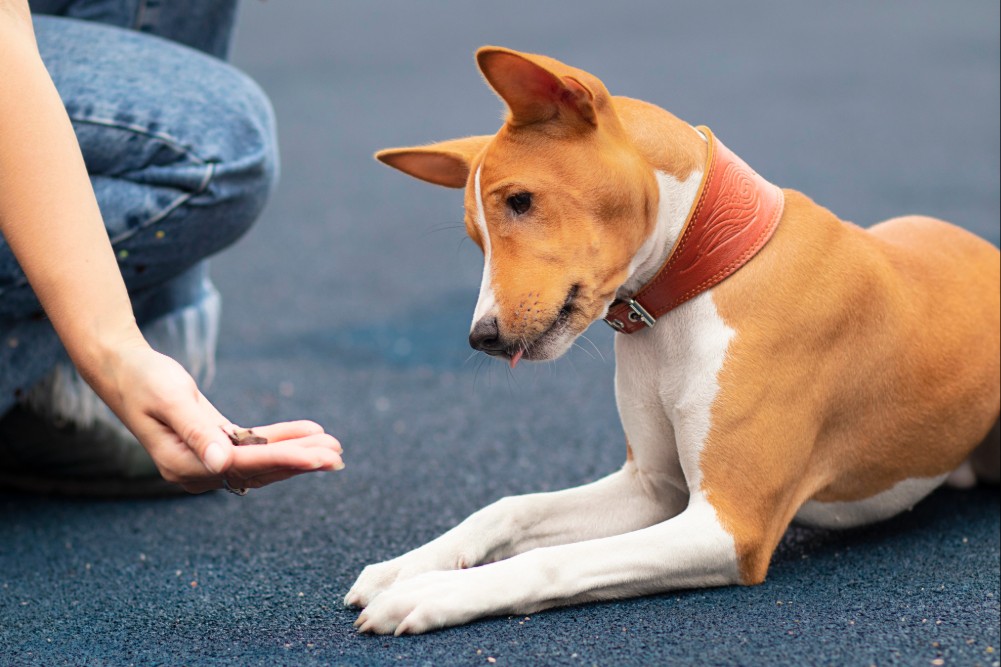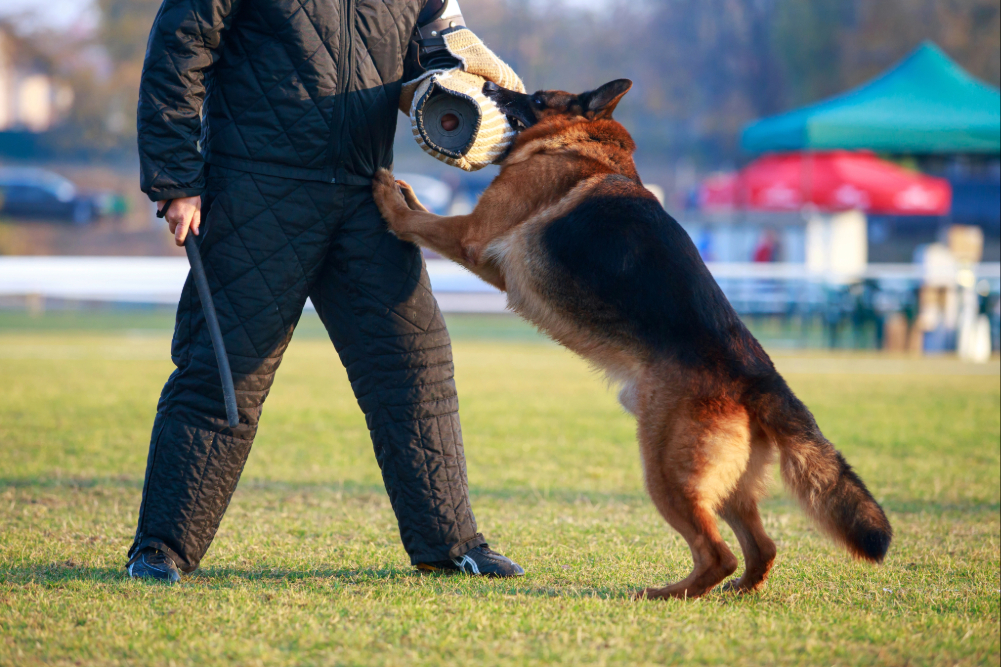
Learning how to teach a dog to sit and stay is foundational for building good behavior and establishing strong communication between you and your pet. These two commands are important for your dog’s safety, obedience, and overall discipline. Whether you are training a service dog or simply working on manners, mastering the sit and stay commands forms the first step in effective dog training.
Understanding the Basics of Sit and Stay
Learning how to teach a dog to sit and stay starts with establishing a strong understanding of these basic commands. The sit command encourages a calm, controlled posture and is natural for most dogs. Once your dog masters sitting, you can progress to the stay command, which teaches them to remain in place for varying durations and distances.
The sit command creates a stable foundation for the stay command. It allows your dog to focus on learning additional behaviors and reinforces discipline. With consistent practice and patience, dogs quickly grasp both commands and respond reliably.
Using Positive Reinforcement for Training
Positive reinforcement is one of the most effective training methods. When your dog successfully follows the sit or stay command, reward them immediately with a treat, praise, or a toy. This creates a positive association, encouraging your dog to repeat the desired behavior.
Verbal praise and affection also work well alongside treats. Consistently rewarding your dog for performing sit and stay strengthens trust and motivates them to learn. Positive reinforcement supports a cooperative learning environment and a strong bond between owner and dog.
Training the Sit Command
To train your dog to sit, hold a treat close to their nose and slowly raise it above their head. As their hindquarters naturally lower to the ground, say “sit” and reward them immediately. Repeating this process helps your dog associate the action with the command.
Once the behavior becomes consistent, introduce the verbal cue before the movement occurs. This teaches the dog to connect the word “sit” with the action itself. Keep sessions short and positive to maintain focus and prevent frustration.
Training the Stay Command
Once your dog has mastered sitting, you can introduce the stay command. Have your dog sit, then hold your hand out in a “stop” gesture and say the word “stay.” Take a step back, and if your dog remains in place, reward them with praise and a treat.
Gradually increase the duration of the stay and the distance between you and your dog. Be sure to return and reward them whenever they maintain the correct position. The key to success with the stay command is consistency and gradual progression.
Building Duration and Distance
As your dog becomes more comfortable with staying in place, start extending the amount of time they must stay in position. Begin with short durations and gradually build up to longer periods. This helps your dog learn to remain in the stay position even when distractions or time requirements increase.
Next, increase the distance between you and your dog. Walk a few steps away, then return and reward them for staying. Gradually adding duration and distance trains your dog to follow the stay command reliably, regardless of the environment or distractions.
Gradual Distractions during Training
Introducing distractions is a vital part of advanced training. After your dog becomes proficient at sit and stay in a quiet space, gradually add distractions. Start by practicing in a more active environment, such as the backyard or a busy park.
As your dog stays in place with distractions, be sure to reward them for maintaining focus. This will prepare your dog for real-life situations, such as staying calm in busy public places. With patience and persistence, your dog will learn to stay focused and obedient even in challenging settings.
Addressing Common Training Challenges
Some dogs may find it more difficult to learn the sit and stay commands, particularly if they are more energetic or excitable. If your dog struggles, break the training into smaller, manageable steps. Make sure to end each session on a positive note, reinforcing any progress.
It is also important to keep training sessions short and frequent. Overloading your dog with too much at once can lead to frustration and confusion. With a patient approach, most dogs will eventually master these commands.
Advanced Training for Service and Protection Dogs
Sit and stay are fundamental for all dogs, but they are especially important for service and protection dogs. Service dogs must be able to stay in place for extended periods, often in public settings, to assist their owners. Similarly, protection dogs need to be able to maintain focus and control in various environments.
Advanced training builds on the basic commands, emphasizing precision and reliability. Service dog training and protection dog training require a dog that is calm, obedient, and able to stay in place despite distractions or stressful situations.
Overcoming Setbacks in Sit and Stay Training
It is common for dogs to encounter setbacks during training, especially when learning new commands like sit and stay. If your dog is not progressing as expected, reassess the training environment and make adjustments. Sometimes, too many distractions or overloading the dog with commands can cause frustration.
If your dog starts to lose focus or become confused, go back to simpler steps, and increase the frequency of rewards. Break the training into smaller intervals and give your dog more opportunities to succeed. Patience and consistency are the keys to overcoming these setbacks and achieving success in training.
K9 Training from Controlled K9
Teaching your dog to sit and stay is just the beginning of a well-rounded training journey. If you are looking for personalized training that fits your dog’s unique needs, K9 training from Controlled K9 can help. Our expert trainers specialize in customized programs that bring long-lasting results for your dog.
We understand that every dog is different, and our training is tailored to meet their specific needs. If you need help with basic obedience, service dog training, or protection dog training, contact us today to learn more about how our programs can benefit you and your dog.




Comments